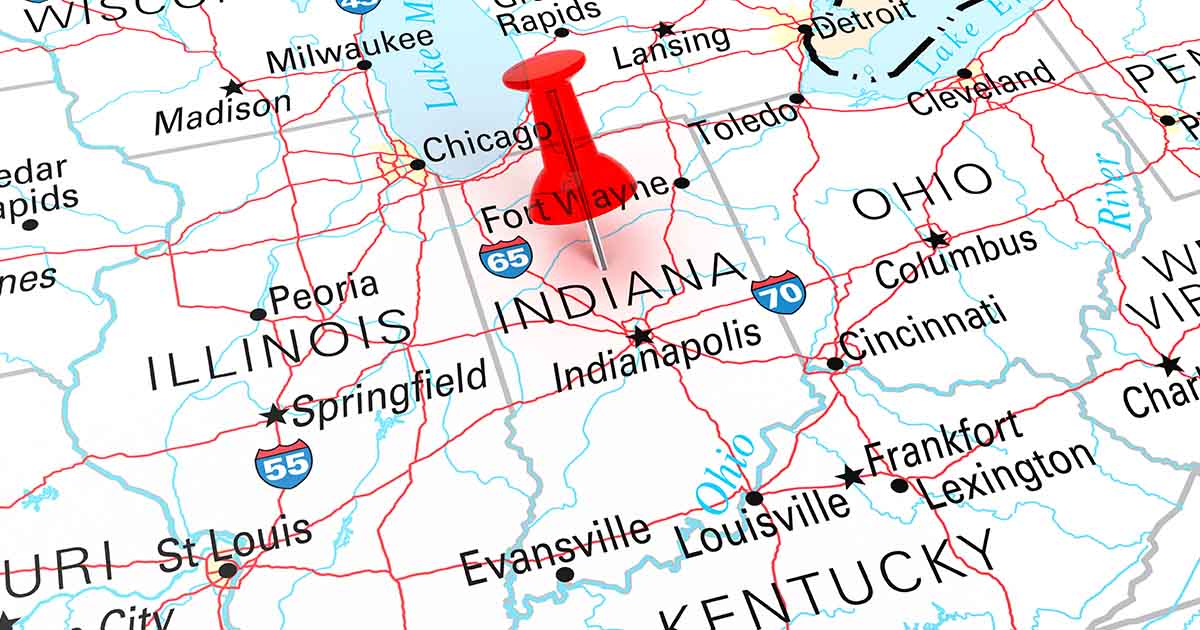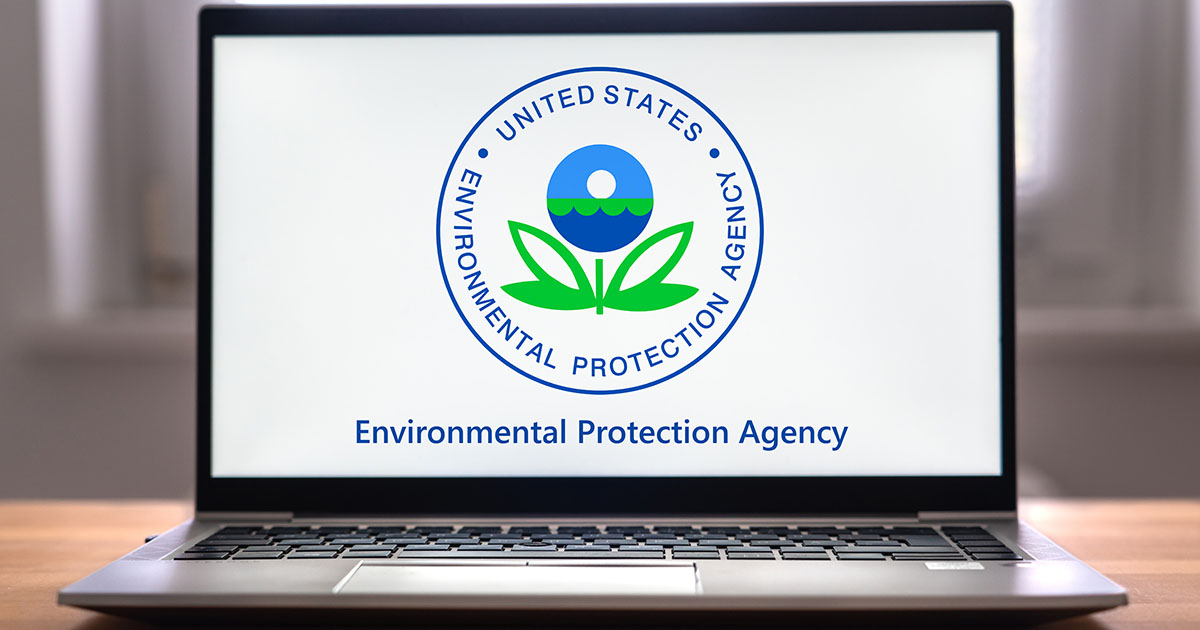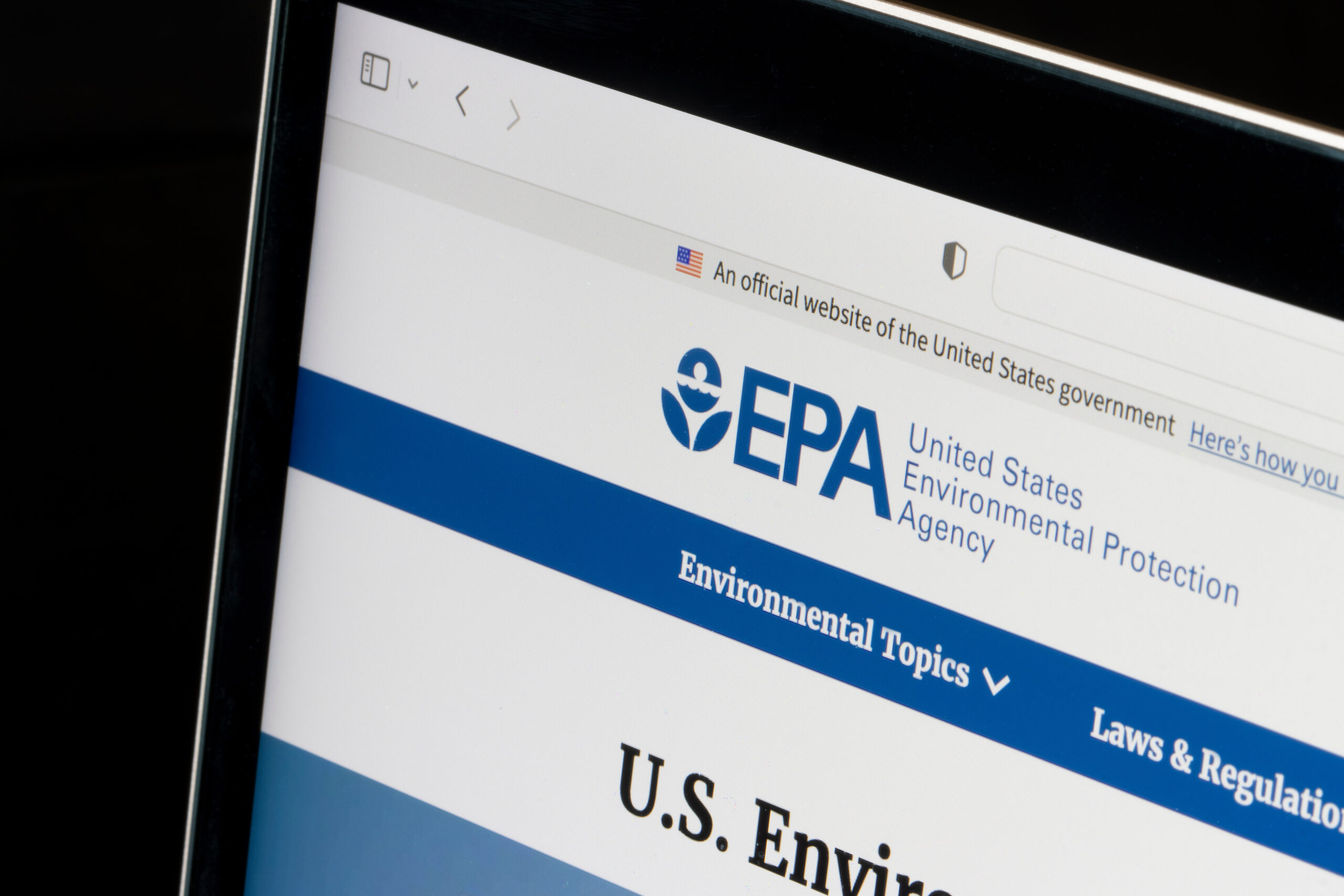The U.S. Environmental Protection Agency (EPA) has established health advisories for two chemical contaminants called PFOA and PFOS based on the agency’s assessment of the latest peer-reviewed science. These advisories will provide the most up-to-date information on the health risks of these chemicals and aid drinking water system operators and state, tribal and local officials in making determinations as to the appropriate steps needed to address PFOA and PFOS in their communities. EPA’s assessment indicates that drinking water with individual or combined concentrations of PFOA and PFOS below 70 parts per trillion (0.07 micrograms per liter ug/L) is not expected to result in adverse health effects over a lifetime of exposure.
Perfluorooctanoic acid (PFOA) and perfluorooctane sulfonate (PFOS) are manmade chemicals that are part of a larger family of chemicals called perfluoroalkyl substances (PFASs). PFOA and PFOS have been used in a number of consumer products, including; carpets, clothing, fabrics for furniture, leather, paper packaging for food, and as coating additives for waterproofing or stain and grease-resistant agents used in cookware and other materials. They are also used for firefighting at air-fields and in a number of industrial processes.
Exposure to high levels of PFOA and PFOS may result in developmental effects to fetuses during pregnancy or to breastfed infants, cancer, liver effects, immune effects, and thyroid effects.
For most people, their source of exposure to PFOA and PFOS has come through food and consumer products. But drinking water can be an additional source of exposure in the small percentage of communities where these chemicals have contaminated water supplies. This is typically a localized issue associated with a specific facility, such as a manufacturing plant or airfield that made or used these chemicals.
Even though releases of these chemicals to surface water and groundwater is expected to decline given the limited ongoing uses of PFOA and PFOS-related chemicals, risk of exposure is still possible due to their legacy uses, existing and legacy uses on imported goods, and degradation of precursors. Additionally, PFOA and PFOS are very persistent in the environment and in the human body. They have been detected in water, wildlife, and humans worldwide. EnviroForensics employs technical experts in the field of environmental risk assessment and can aid in investigating, remediating, and conducting human health risk assessments to limit exposure to these chemical contaminants, as well as other environmental contaminants.
The Drinking Water Health Advisories for PFOA and PFOS, and supporting documents can be found at the following link:
https://www.epa.gov/ground-water-and-drinking-water/drinking-water-health-advisories-pfoa-and-pfos



